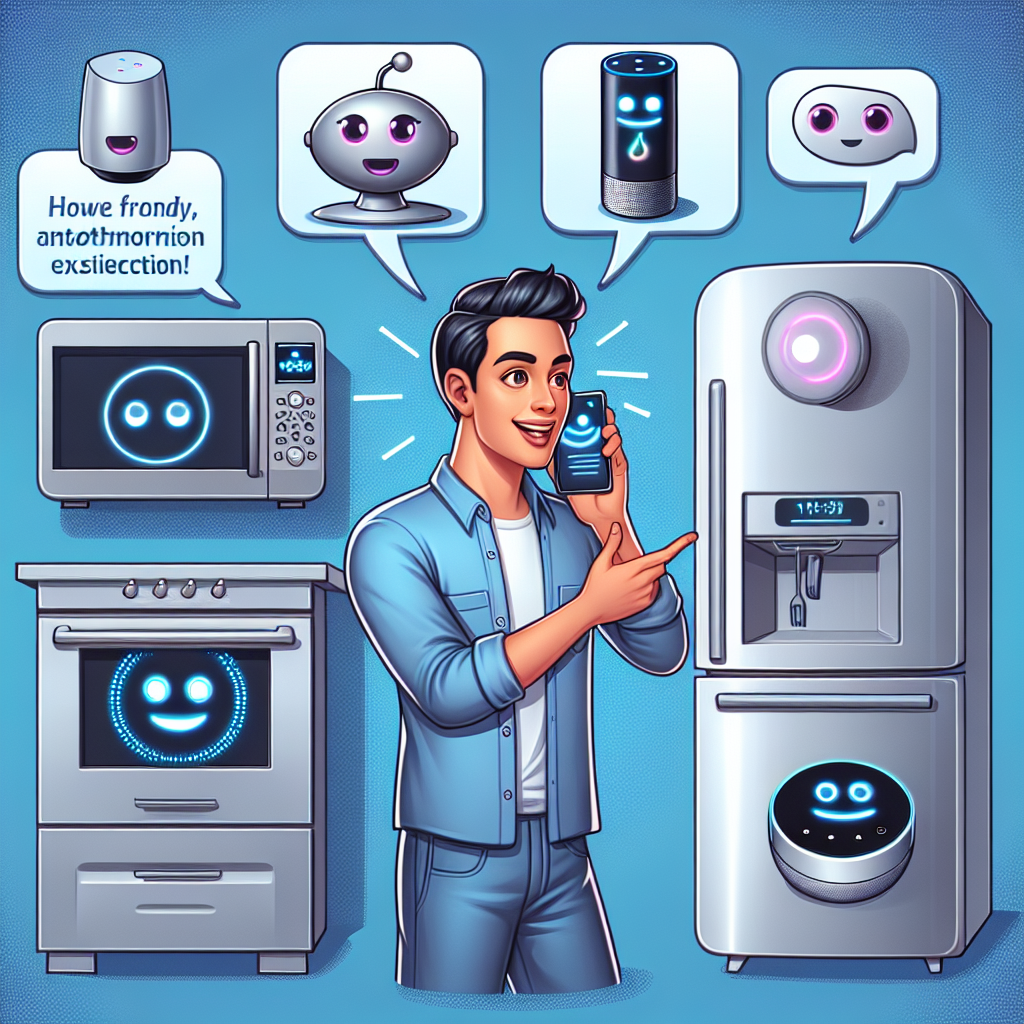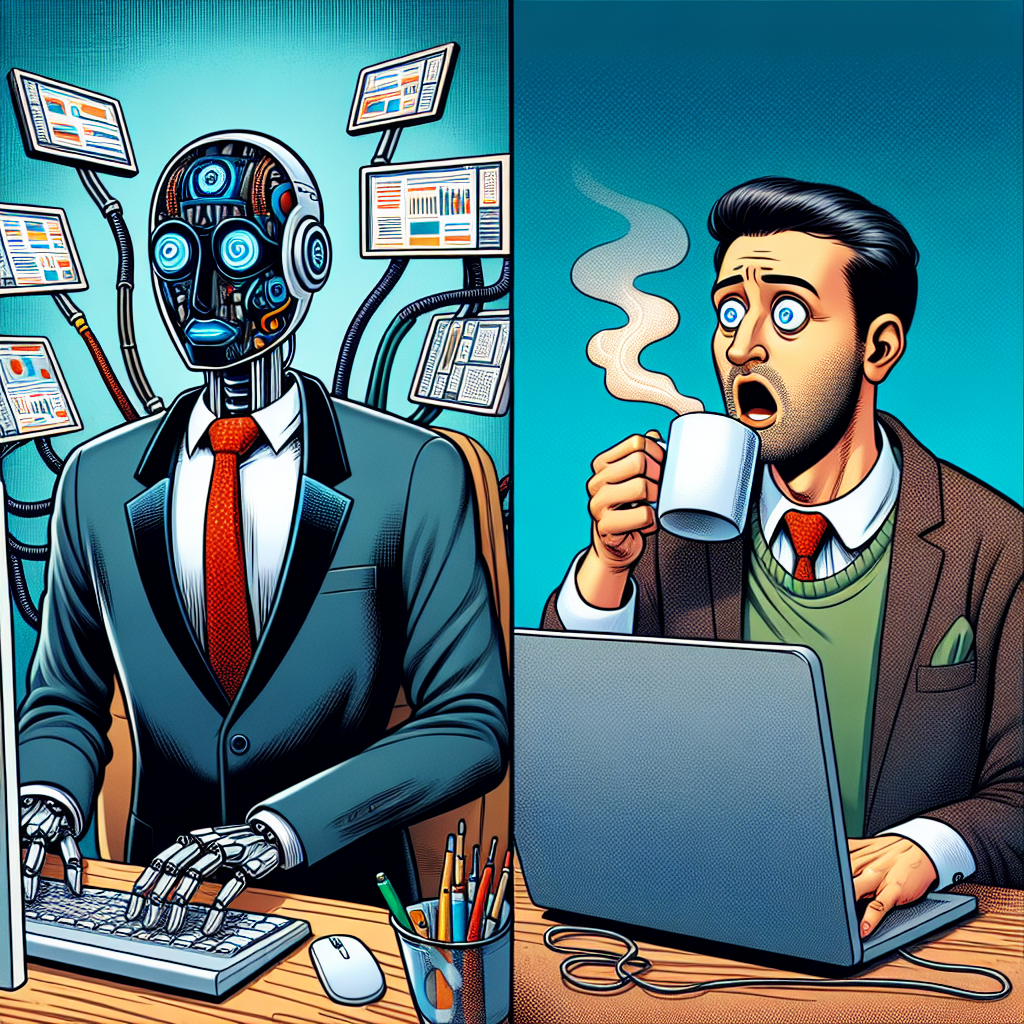Have you ever wished you could build powerful AI applications without spending years learning to code? Imagine turning your brilliant business idea into a functioning AI solution over a weekend. That’s exactly what AI SaaS creation platforms are making possible right now!
These revolutionary platforms are democratizing access to artificial intelligence, putting the power of cutting-edge technology into the hands of everyday users. No longer is AI development locked behind complex programming languages or expensive development teams. Today, individual entrepreneurs, small business owners, and even developers looking to streamline their processes can create customized AI digital workers with just a few clicks.
“The true power of AI isn’t just in what it can do, but in who can use it,” says a recent tech industry report. “AI SaaS creation platforms are removing the technical barriers that once kept innovative ideas from becoming reality.”
Transforming Business with Customizable AI Digital Workers
Customizable AI digital workers are changing the game for businesses of all sizes. These digital assistants can be tailored to handle specific tasks unique to your business needs, creating efficiencies that were previously unimaginable without significant investment.
Take Sarah, a solo entrepreneur running an e-commerce business. Before discovering AI SaaS creation platforms, she spent hours each day responding to customer inquiries, updating product listings, and managing social media. Now, her customized AI digital workers handle 80% of customer questions, automatically update inventory, and even draft social media posts based on her brand voice.
“My AI assistants have given me back 20 hours a week,” Sarah shares. “That’s time I can now spend on strategic growth and product development—the parts of my business I’m actually passionate about.”
The benefits extend far beyond time savings:
- Improved accuracy: AI digital workers don’t get tired or distracted, maintaining consistent quality around the clock
- Scalable operations: Handle sudden increases in workload without hiring additional staff
- Cost reduction: Accomplish more with fewer human resources
- Enhanced customer experiences: Provide immediate responses and personalized service at scale
A recent survey found that small businesses implementing customizable AI digital workers reported an average 35% increase in operational efficiency and a 28% reduction in overhead costs within just six months.
The Low-Code Revolution: Creating Without Coding
The heart of this transformation lies in low-code platforms that make AI application development accessible to everyone. These intuitive interfaces use visual components, drag-and-drop functionality, and pre-built templates to replace complex coding requirements.
“Low-code platforms are to software development what word processors were to writing,” explains a technology analyst. “They don’t eliminate the need for professional developers any more than word processors eliminated professional writers—they simply make the basic tools accessible to everyone.”
This democratization of technology is creating three significant shifts:
- Empowering subject matter experts: Industry professionals can now build solutions that address specific challenges in their field without technical intermediaries.
- Accelerating development cycles: Applications that once took months to develop can now be created in days or even hours.
- Encouraging experimentation: The low cost and minimal time investment make it possible to test multiple approaches and iterate quickly.
For Tina, who runs a small marketing agency, the low-code platform approach has been transformative. “My team knows marketing, not coding. Now we can create customized AI tools that analyze campaign performance, generate content variations, and even predict which strategies will work best for specific clients—all without writing a single line of code.”
The market is responding to this revolution, with the low-code platform industry projected to grow from $13.2 billion in 2020 to over $45.5 billion by 2025, representing a 243% increase in just five years.
Intelligent Collaboration: AI and Humans Working Together
Perhaps the most exciting aspect of AI digital workers isn’t that they replace human effort, but how they enhance it through intelligent collaboration. These AI assistants serve as team members that complement human skills and fill capability gaps.
Modern workflow often involves a mix of creative thinking, strategic decision-making, and repetitive tasks. AI digital workers excel at handling the latter, creating space for humans to focus on areas where they add unique value.
Consider a small design studio that implemented AI digital workers to handle client intake, project management, and initial design mockups. The human designers now start each project with AI-generated options they can refine, leading to:
- 40% more client projects completed monthly
- Reduced burnout among creative staff
- Higher client satisfaction ratings
- More time for experimental and innovative work
“The key to successful intelligent collaboration is designing AI systems that augment rather than replace human capabilities,” notes an AI implementation specialist. “When done right, everyone wins—businesses become more efficient, employees enjoy more meaningful work, and customers receive better service.”
This collaborative approach is proving particularly valuable for small teams and startups that need enterprise-level capabilities without enterprise-level headcounts.
Workflow Automation: Freeing Human Potential
Workflow automation represents one of the most immediate and impactful applications of AI digital workers. By identifying repetitive, rule-based processes and turning them over to AI assistants, organizations can dramatically increase efficiency while reducing errors.
A recent study found that knowledge workers spend approximately 60% of their time on routine administrative tasks—searching for information, scheduling meetings, generating reports, and managing communications. AI digital workers can handle most of these tasks autonomously, creating substantial time savings.
For example, a real estate agency implemented customizable AI digital workers to:
- Screen and categorize property inquiries
- Schedule viewings based on client and agent availability
- Generate property comparison reports
- Follow up with prospects at optimal intervals
- Prepare preliminary paperwork for interested buyers
The result? Agents now manage 30% more listings while providing more personalized service to clients.
“Workflow automation isn’t about replacing jobs—it’s about eliminating the parts of jobs that humans don’t enjoy and aren’t particularly good at,” explains a business efficiency expert. “The most successful implementations focus on augmenting human capabilities rather than replacing them.”
For small businesses and entrepreneurs with limited resources, this capability is especially valuable, enabling them to operate with the efficiency of much larger organizations.
User-Friendly AI Tools Across Industries
The accessibility of today’s AI SaaS creation platforms means that user-friendly AI tools are appearing across virtually every industry, often created by practitioners rather than technologists.
In healthcare, nurses are building AI assistants that help with patient education and follow-up care. In education, teachers are creating customized learning companions that adapt to each student’s progress. In legal services, paralegals are developing document analysis tools that identify relevant case precedents.
Even personal use cases are flourishing. Individuals are creating AI digital workers to:
- Manage household budgets and detect unusual expenses
- Organize family calendars and coordinate activities
- Monitor health metrics and suggest lifestyle adjustments
- Curate news and content based on personal interests
- Help with personal learning and skill development
“What’s remarkable is seeing how differently people approach AI tool creation when they come from diverse backgrounds,” observes a platform developer. “A financial advisor builds very different AI assistants than a chef or a teacher, bringing their unique domain expertise to the technology.”
This diversity of applications is driving rapid innovation in the AI space, as solutions emerge from unexpected corners and cross-pollinate across industries.
Building Your AI Dream Team
One of the most powerful capabilities of modern AI SaaS creation platforms is the ability to build teams of specialized AI agents that work together seamlessly. Rather than creating a single all-purpose assistant, users can develop multiple digital workers with specific skills and responsibilities.
This approach mirrors human team structures, with each AI agent handling tasks aligned with its particular strengths. For example, a small e-commerce business might create:
- A customer service agent for handling inquiries
- A marketing agent for social media management
- An inventory agent for stock monitoring and ordering
- An analytics agent for tracking performance metrics
- A content agent for product descriptions and blog posts
These specialized agents can operate continuously, handling routine tasks while flagging exceptions that require human attention. They can also adapt over time, learning from patterns and improving their performance based on feedback.
“The real magic happens when these AI agents communicate with each other,” says a small business owner who implemented this approach. “My inventory agent alerts my marketing agent when we’re overstocked on certain items, which automatically adjusts promotional priorities. It’s like having a perfectly coordinated team that never sleeps.”
This capability to create continuously operating, adaptive teams of AI agents represents a fundamental shift in how work gets done, especially for resource-constrained small businesses and entrepreneurs.
The Future: Fully Automated Workflows
As we look to the future, the vision of fully automated workflows is becoming increasingly realistic. These end-to-end processes require minimal human intervention, operating autonomously to accomplish complex business objectives.
At Zygote.AI, we’re already seeing this vision become reality. Our platform has enabled the creation of workflows that independently select topics, write content, generate illustrations, perform reviews, and publish promotional articles—all without human intervention.
This represents the ultimate promise of AI SaaS creation platforms: not just enhancing human productivity, but creating new possibilities for how work gets accomplished. As these capabilities continue to evolve, we can expect to see:
- Dynamic AI teams that self-organize based on changing priorities
- Autonomous workflows that span multiple organizations
- AI agents that continuously improve their own processes
- New business models built entirely around AI-driven operations
“The most exciting aspect isn’t just automation, but augmentation,” explains a Zygote.AI spokesperson. “We’re creating a future where everyone can realize their potential by focusing on truly human contributions while AI handles the rest.”
For individual entrepreneurs, small businesses, and technical professionals alike, this new landscape offers unprecedented opportunities to compete, innovate, and thrive in ways previously available only to large enterprises with substantial resources.
The AI SaaS creation revolution isn’t just changing how we build technology—it’s fundamentally transforming who can build it and what’s possible to create. And the best part? You don’t need a single line of code to get started.









